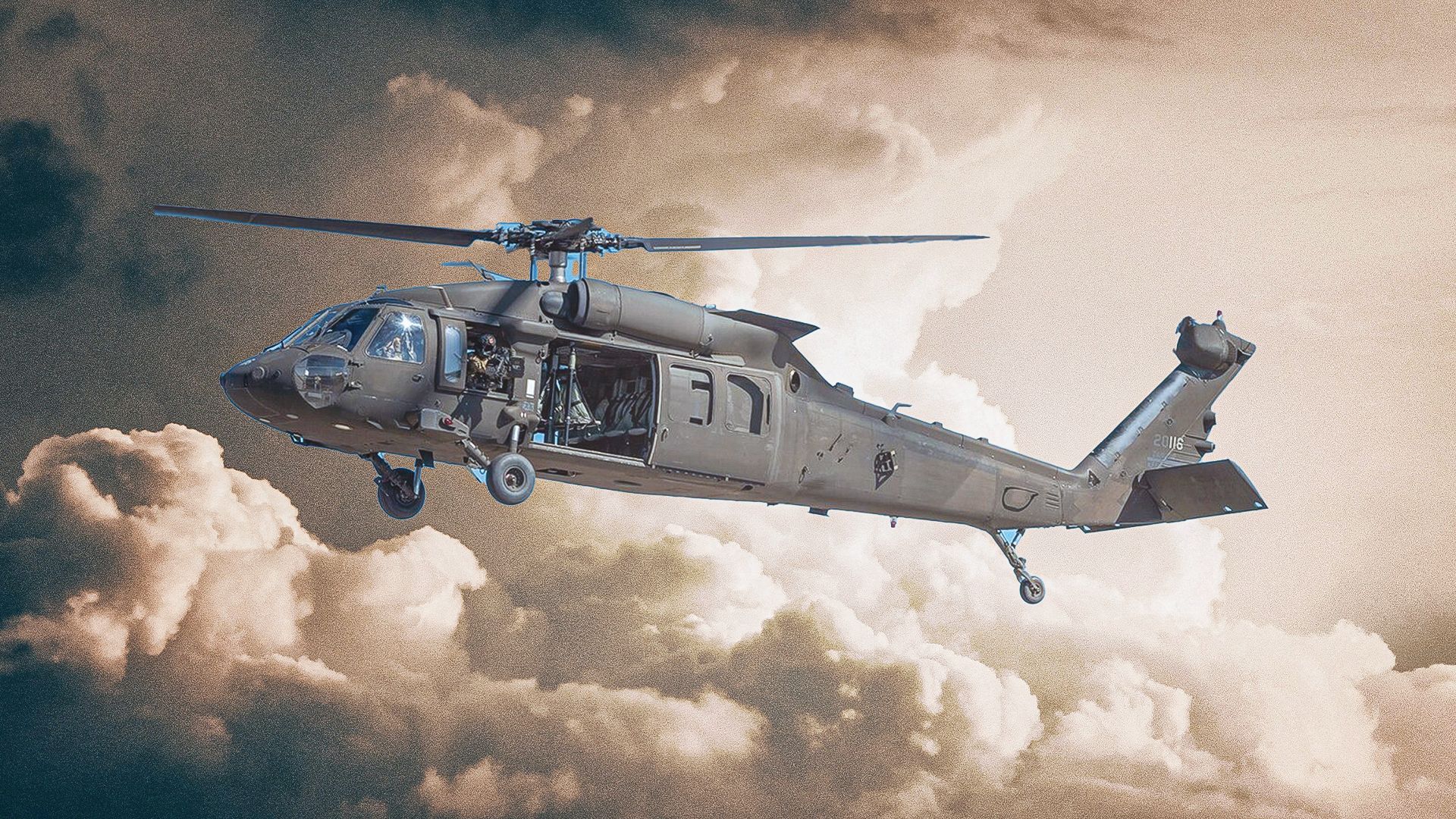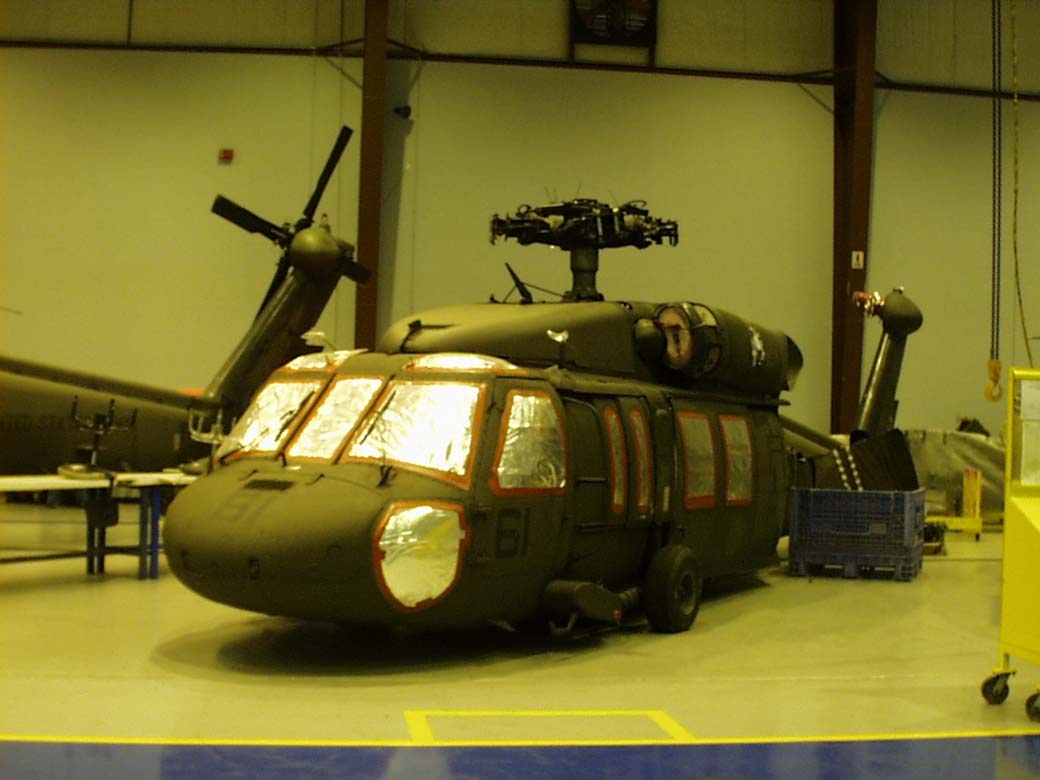Exploring the Background and Development of the UH 60 Helicopter

Beginnings of the UH-60
The origins of the UH-60 helicopter can be traced back to the late 1960s, a period marked by the need for a flexible energy airplane that could adjust to the advancing demands of modern war. The united state Military recognized the need for a replacement for the older UH-1 Iroquois, which was becoming progressively poor for the complexities of modern fight circumstances. In 1967, the Military initiated the Utility Tactical Transportation Airplane System (UTTAS) program, which looked for to develop a multi-role helicopter with the ability of different goals, consisting of army transport, clinical emptying, and logistical support.
The design competition attracted several aerospace producers, however it was Sikorsky Aircraft Firm that ultimately safeguarded the agreement in 1972. The UH-60 Black Hawk was introduced, showcasing ingenious style elements and progressed modern technology that established it apart from its precursors. Its initial flight happened in 1974, and the aircraft was officially embraced by the Army in 1979. The UH-60 swiftly acquired acknowledgment for its durable efficiency, integrity, and flexibility, paving the method for its substantial usage in military operations and solidifying its standing as a cornerstone of U.S. Army air travel.
Trick Style Functions
Innovative design features of the UH-60 Black Hawk substantially add to its operational performance. One of one of the most notable facets is its twin-engine setup, which improves dependability and gives a greater power-to-weight proportion, enabling the helicopter to carry out under numerous problems. The aircraft's four-blade major blades system supplies improved lift and ability to move, important for tactical goals.

Additionally, the cockpit is developed for optimum exposure and functional designs, including advanced avionics that improve pilot operations. The modular style of the UH-60 allows for easy upkeep and versatility, making it suitable for numerous mission accounts, from troop transportation to medevac procedures. These crucial style functions make sure that the UH-60 Black Hawk remains a trustworthy and functional possession in army air travel, with the ability of meeting the needs of contemporary war.
Technological Developments
Current technical developments in the UH-60 Black Hawk have dramatically enhanced its operational capabilities and convenience. The integration of sophisticated avionics, such as electronic flight control systems and improved situational awareness display screens, enables pilots to run with boosted accuracy and effectiveness. These systems promote enhanced navigation, interaction, and information sharing, enabling the helicopter to function efficiently in diverse environments.
Furthermore, the introduction of composite products has actually lowered the overall weight of the aircraft while keeping structural integrity. This decrease enhances gas performance and extends functional range. The unification of innovative rotor innovation, consisting of the usage of four-blade, fully verbalized blades systems, has improved lift efficiency and ability to move, permitting for much better handling in numerous flight problems.

Moreover, innovations in propulsion systems, such as the T700-GE-701D engines, have increased power outcome and reliability - uh 60. These engines add to superior performance in hot-weather and high-altitude problems
Lastly, the combination of self-defense systems and boosted sensor bundles enhances the Black Hawk's survivability and objective performance. Jointly, these technical improvements guarantee that the UH-60 Black Hawk stays a crucial asset in modern-day air travel, capable of adjusting to the progressing needs of military and humanitarian objectives.
Role in Military Workflow
As the backbone of U.S. Army aeronautics, the UH-60 helicopter plays an essential function in various army procedures, serving as a versatile platform for combat assistance, transportation, and medevac goals - uh 60. Its layout integrates the ability to operate in you could try here varied atmospheres, making this article it important for troop activity and logistical assistance in both conventional and unusual warfare

In medical emptying scenarios, the UH-60 has actually shown invaluable, substantially decreasing the moment to carry wounded soldiers from the combat zone to medical facilities. Its innovative avionics and night vision capabilities even more make sure mission success under difficult problems. In general, the UH-60 helicopter stays a crucial asset, continually adjusting to satisfy the evolving demands of armed forces procedures and boosting the efficiency of U.S. pressures worldwide.
Future of the UH-60
Looking in advance, the future of the UH-60 helicopter involves substantial innovations in innovation and capacities designed to enhance its functional performance. As armed forces operations advance, the UH-60 is expected to include innovative technologies, consisting of boosted avionics, enhanced tools systems, and progressed interaction devices. These enhancements will certainly enable better situational understanding and mission flexibility, ensuring that the UH-60 continues to be an important possession on the field of battle.
One notable advancement is the integration of fly-by-wire systems, which will enhance trip control precision and minimize pilot work. Additionally, efforts to upgrade the airframe and engines intend to raise haul, speed, and array capability, thereby expanding the helicopter's functional range (uh 60).
The future additionally holds assurance for increased interoperability with unmanned aerial systems (UAS), allowing worked with goals that utilize both manned and unmanned abilities. Furthermore, the incorporation of man-made knowledge and artificial intelligence might maximize flight characteristics and upkeep procedures, resulting in decreased operational costs.
Conclusion
The UH-60 Black Hawk helicopter stands for a substantial accomplishment in army aeronautics, progressing from the U.S. Army's first demands for a versatile utility airplane. Its ingenious design features and constant technological advancements have actually ensured its relevance in different armed forces operations over the years. As the demands straight from the source of modern-day war adjustment, the future of the UH-60 will likely include further improvements and adaptations, reinforcing its status as an essential possession for armed forces worldwide.
The UH-60 Black Hawk helicopter stands for a considerable turning point in military air travel, emerging from the United state Army's quest for a much more reputable and flexible energy airplane in the late 20th century.The beginnings of the UH-60 helicopter can be traced back to the late 1960s, a duration noted by the requirement for a versatile energy airplane that could adjust to the progressing needs of contemporary war. In general, the UH-60 helicopter stays a crucial asset, constantly adjusting to meet the progressing demands of military operations and boosting the effectiveness of U.S. forces worldwide.
Looking in advance, the future of the UH-60 helicopter involves considerable innovations in technology and capabilities made to enhance its operational efficiency.The UH-60 Black Hawk helicopter stands for a significant success in military air travel, progressing from the United state Military's first demands for a versatile energy airplane.